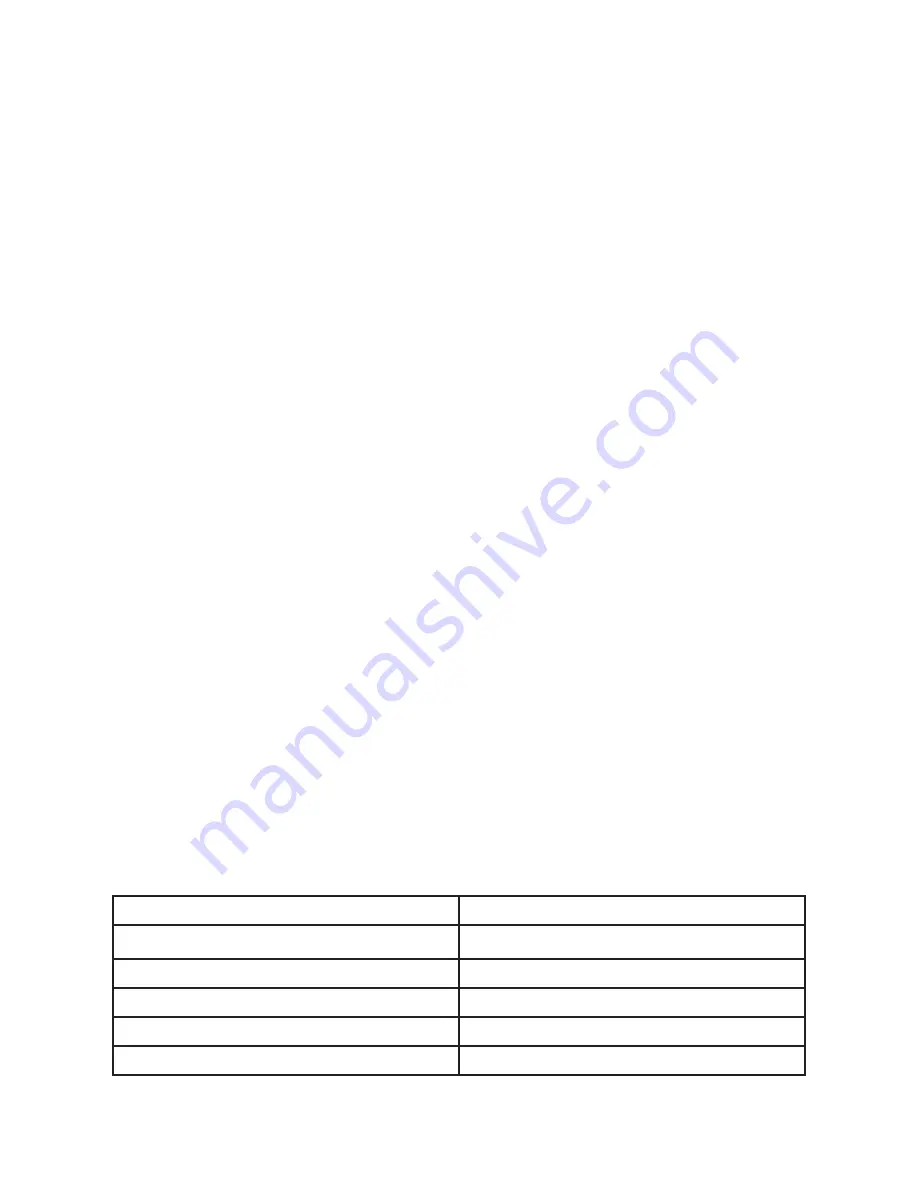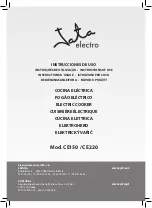
4
LINE CORD SAFETY TIPS
1. Never pull or yank on cord or the appliance.
2.
To insert plug, grasp it firmly and guide it into outlet.
3. To disconnect appliance, grasp plug and remove it from outlet.
4.
Before each use, inspect the line cord for cuts and/or abrasion marks. If any are
found, this indicates that the appliance should be serviced and the line cord replaced.
5. Never wrap the cord tightly around the appliance, as this could place undue stress
on the cord where it enters the appliance and cause it to fray and break.
DO NOT OPERATE APPLIANCE IF THE LINE CORD SHOWS ANY DAMAGE, OR IF
APPLIANCE WORKS INTERMITTENTLY OR STOPS WORKING ENTIRELY.
IMPORTANT
During the first few minutes of initial use, you may notice smoke and/or a slight odor.
This is normal and should quickly disappear. It will not recur after appliance has been
used a few more times.
BEFORE USING
Solid surface countertops can be easily scratched, cracked, scorched, or damaged,
especially when exposed to heat. To prevent damage, the following precautions should
be observed when using this product:
•
Always use a trivet under heat generating sources such as Slow Cookers, Toaster
Ovens, Skillets, Rice Cookers, etc.
Carefully unpack the rice cooker and all parts. Remove all packaging materials, including
any stickers or labels.
Clean the interior and exterior surfaces of the rice cooker with
a damp cloth or sponge. Wipe dry with a soft cloth.
NEVER IMMERSE THE RICE
COOKER OR CORD IN WATER OR ANY OTHER LIQUID.
Position the rice cooker on
a dry, level, heat-resistant surface. It is recommended to operate this appliance on a
separate outlet and circuit from other appliances to avoid overloading the circuit.
USING YOUR RICE COOKER
1. Place your rice cooker on a clean, dry, level, stable, and heat-resistant surface in
center of the countertop.
2. Using the provided measuring cup, measure and add rice to the inner pot then add
water according to the table below.
Cups of Raw Rice
Water Line on Inner Pot (Liters)
1 Cup
0.2
2 Cups
0.4
3 Cups
0.6
4 Cups
0.8
5 Cups
1.0


























